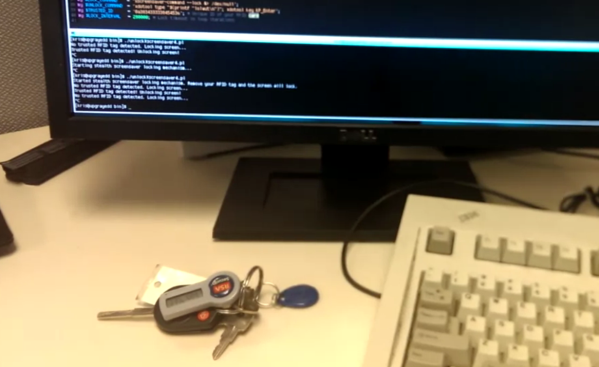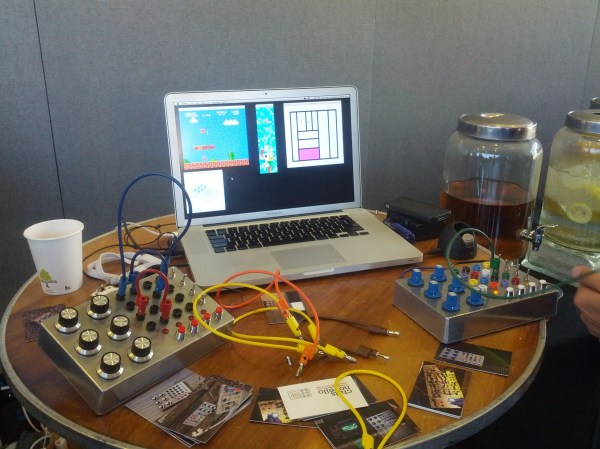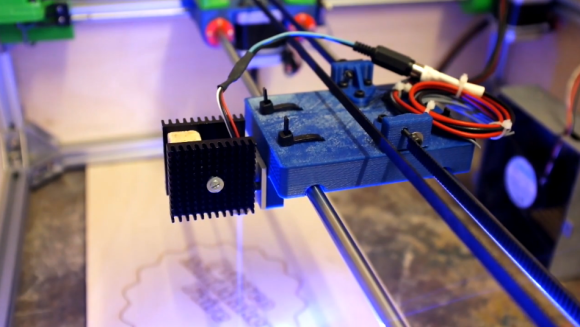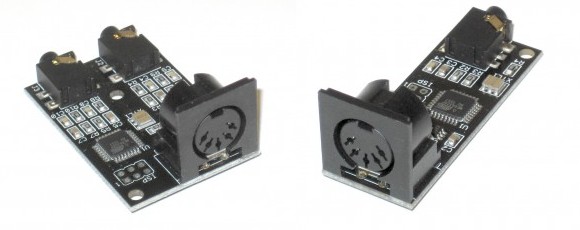Treadmills can often be found on the side of the road, after someone gave up on their running regimen and found that the machine was taking up too much space in their basement. This is great for hackers, since they have some useful parts in them.
However, if you’d like to actually use a treadmill for running, some entertainment would certainly help. [KingJackOff] decided to roll his own treadmill entertainment system out of things he had lying around, bringing the total cost to $0.
He took an old laptop and mounted it in a piece of rigid foam using a gratuitous amount of duct tape. With the screen and keyboard mounted, he added speakers and a slot for the DVD drive. Then a printed graphic was taped to the front, with a nice motivational message.
Lots of people have old laptops lying around with mechanical issues. Broken hinges and frames make them unusable, even though the electronics are fine. Some foam and paper could be all you need to bring one back to life.
[via Reddit]


















